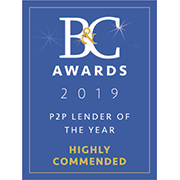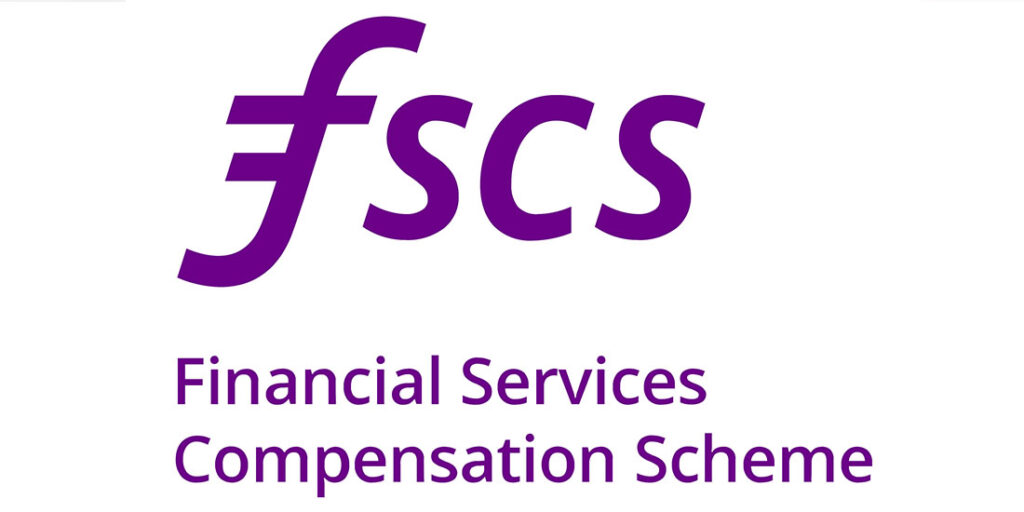
Meet Rawinder Binning, Trustee at the Kuflink Foundation
Rawinder Singh Binning, co-founder of Kuflink and a passionate trustee of the Kuflink Foundation, opens up about looking after those in need, investing locally and making investment options accessible to the public.
My journey into property investment started right when I got out of uni. With a law degree in my pocket,  I joined the family business. I started buying small houses and apartments and took a keen interest in working with architects and building technicians. I started to understand the dynamics between different areas of expertise such as planning law, architecture and building technology.
I joined the family business. I started buying small houses and apartments and took a keen interest in working with architects and building technicians. I started to understand the dynamics between different areas of expertise such as planning law, architecture and building technology.
With this newly found interest, I got into commercial development as well as buying commercial assets. I did a whole series of property courses and read all the books – Rich Dad, Poor Dad being one of my favourites.
Moving into Commercial Property Development
Commercial property development is way more challenging than private property development as it’s not guaranteed that a property is going to be rented. Private properties tend to sell regardless. With commercial property there is definitely more risk involved, so you need to play it smart.
“The secret to successful commercial property investment, in my opinion, is to invest locally.”
If you want to ensure that a commercial property will get rented, you need to invest locally. This enables you to speak to agents, connect with the council and really understand the assets that you’re working with.
This is something I appreciate about Kuflink – those who use the platform are armchair investors relying on local people who understand the local market. What’s more, we make sure we look into the person in charge of the development, not just the asset. You really want to invest in someone with experience, especially on the bridging side of things. After all, there is a lot involved in managing and marketing a commercial property project.
“When we select an investment, we look at the person as well as the asset: do we think they can manage this project?”
Giving Back to the Community Through the Kuflink Foundation
We founded the Kuflink Foundation charity in 2008, when my sister passed away. She had a fondness for kids and my entire family already had a long-standing tradition of financially supporting local football clubs. With the Kuflink Foundation, we wanted to formalise our desire to invest in future generations and help those in need.

“Our family has always looked to see who is in need. If no one is there to help them, we will.”
My family consists of very caring people. From the moment my parents set foot in this country, they were always ready to help out the vulnerable and provide opportunities. With the Kuflink Foundation, we find initiatives that are underfunded and invest in them. When a project has heart, you’ll see that people start turning up for it. Once the projects get strong enough, we let the community take over.
Making Investing Accessible to the Public
Our family tradition of opening up opportunities translates into the Kuflink platform, too. With a minimum investment of just £100, we try to make investing accessible to Joe Bloggs and his family, too. Most of our £100 investors are just starting out, but with Kuflink’s monthly payments, they’ll slowly start seeing a return on their modest investment. This is when their returns start becoming more tangible and they begin to think about investing another £100.
“The rise of accessible investment platforms over the past few years has been a welcome change.”
I love how over the past few years more and more finance apps and investment platforms have come into existence with the aim of making saving and investing easy and accessible. Canopy, Monzo and other companies like them help people capitalise on opportunities they might not have been aware of before and keep track of their spending better. P2P platforms like Kuflink help people who want to make money but don’t know how to make high-return investments. All these initiatives work together to make everyone just a little bit smarter and a little bit better at managing their money.
It’s my dream to one day to write an educational book about property investment and development, sharing everything that I’ve learnt on my journey and more.
My Own Investment Strategy
Kuflink has always taken a stake in every investment made. This used to be a 20% share, but as we made more and bigger investments, this stopped being financially viable. We’ve now lowered our share to 5%, but we intend to always stay personally invested in the projects we finance.
“Having a stake in each investment makes us work that little bit harder.”
I personally invest through the Kuflink platform as well. I’ve taken a keen interest in the technology behind the platform, and I recently moved the tech team into our office. One day, we sat together with CTO, the tech team and the developers and played around with an investment return calculator that we’ve been making.
We found out that, if you invest £20,000 a year in an ISA, you could make a 237% return over the span of 30 years! The return percentage would be the same with smaller investments as well. Calculations like these illustrate just how profitable an ISA investment strategy can be.
The Future of Investing
I remember when I took out a mortgage with a bank, and realised that what makes that loan profitable for a bank is basically compound interest. That is a viable business model that works for peer-to-peer platforms as well, only we can typically offer better rates than most banks.
In my opinion there is nothing wrong with banks, but they are slowed down by legacy systems in a way we aren’t. Newer lending platforms such as Kuflink have much more agile technology.
“Before the financial crisis of 2008, a bank could lend a single pound up to ten times without any repercussions.”
The way I see it, P2P lending platforms and banks are part of a financial ecosystem where we all help each other. In two or three years, I believe banks will catch up with the services spearheaded by newer financial entities – the services that investors have grown to expect. This way, we all work together to make our financial services collectively better.













